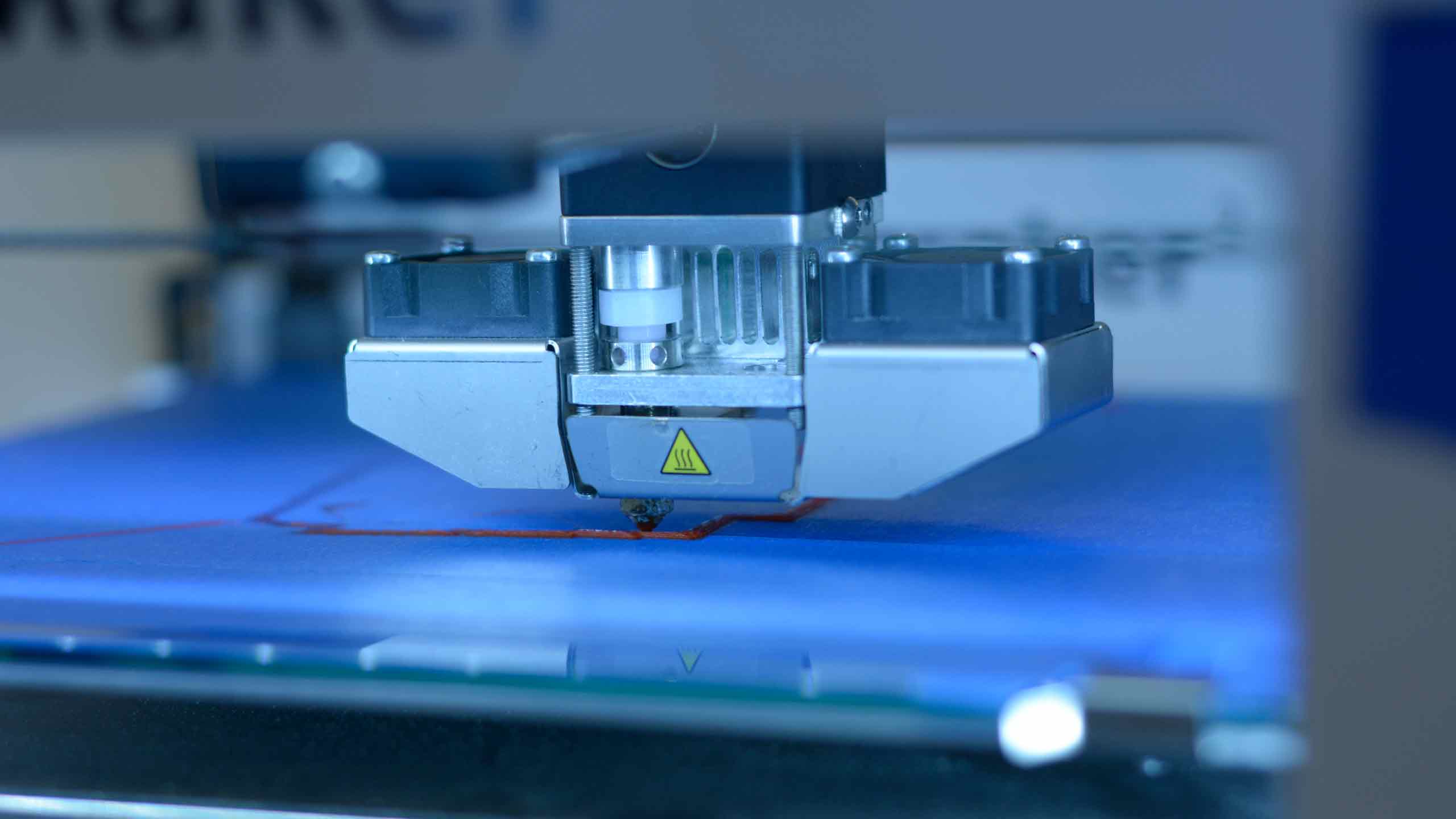By Raneem Al-Ozzi
A gallery of 3D-printed artwork was exhibited at Ryerson’s Design Fabrication Zone (DFZ) for the Toronto Design Offsite Festival on Jan. 20.
The gallery, Unique Forms of Continuity in Space, is named after a sculpture which is meant to represent radical transformations created through motion. This is a common theme between the gallery’s featured artworks.
“The whole point of this exhibit was to look at 3D printing through an artistic lens and to see how 3D printing could create new ways of producing art as well as new types of art,” said Cira Nickel, one of the exhibit’s curators and the coordinator for the DFZ.
The DFZ provides space and mentorship opportunities for people starting design businesses. It’s one of several zones at Ryerson. Each has a different business focus but provides similar services to the DFZ.
The exhibition featured collections by three artists, Aaron Hendershott, Car Martin and Jessica Lee, who are all members of the DFZ and have been pursuing their projects independently through it.
[ngg_images source=”galleries” container_ids=”309″ display_type=”photocrati-nextgen_basic_slideshow” gallery_width=”864″ gallery_height=”486″ cycle_effect=”fade” cycle_interval=”5″ show_thumbnail_link=”0″ thumbnail_link_text=”[Show picture list]” order_by=”sortorder” order_direction=”ASC” returns=”included” maximum_entity_count=”500″]Nickel said there are similarities between the three artists’ work, so she felt the exhibition was a good way to show it all.
Recursive Assemblies, by Hendershott, explores complex geometries, patterns and algorithms while testing the limits of the zone’s 3D printers. His experimentation resulted in complex, yet beautifully detailed art forms which Nickel described as looking like “something you’d find on the moon.”
Martin’s The Digital Junkyard investigates digital salvage. It was created by collecting old unused files that were given to Martin then modified for 3D printing. The result was a tangible representation of virtual junk.
“These were thrown-out files that never would have seen the light of day, never mind become physically represented through 3D printing,” said Nickel. “It’s a way of looking at the potential of digital junk as a means of producing art.”
Autonomous Assemblies, by Lee, is a collection of printed shapes with magnets on certain faces. When the shapes are brought together, they assemble to form a larger piece.
Nickel said what differentiated the collections at the gallery from other projects supported by the DFZ is that they are not necessarily tech-based hardware projects.
“Most of the projects we support are startup companies or emerging designers, so we wanted a way to support these artists and this [event] seemed like a good fit,” Nickel said.











Leave a Reply